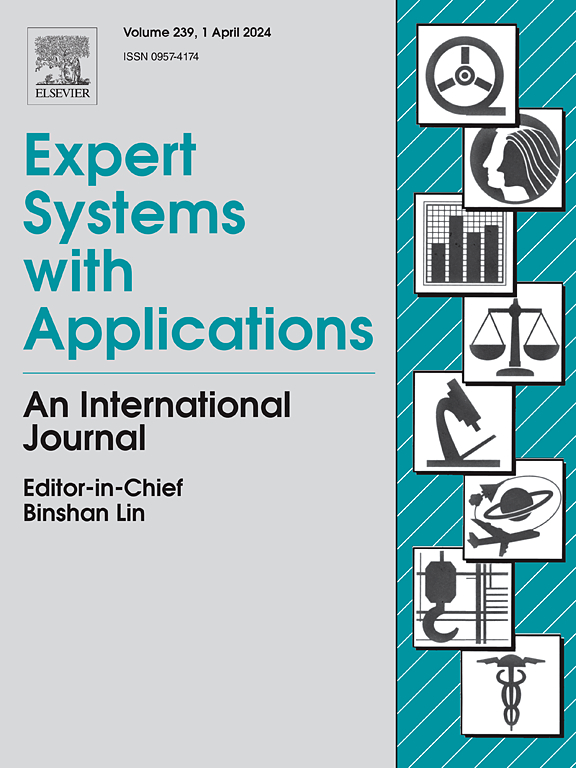基于视觉的人类行动质量评估:系统回顾
IF 7.5
1区 计算机科学
Q1 COMPUTER SCIENCE, ARTIFICIAL INTELLIGENCE
引用次数: 0
摘要
人类动作质量评估(AQA)旨在自动评估人类执行动作的性能,是人类动作分析的一个新兴领域。虽然已有许多综述文章针对动作识别和动作预测等人类动作分析领域,但与 AQA 相关的最新系统性综述还很缺乏。本文旨在对有关基于视觉的人类 AQA 的现有论文进行系统的文献综述。本系统性综述遵循 PRISMA 准则,于 2024 年 7 月通过 Scopus、IEEE Xplore 和 Web of Science 数据库进行了严格审查。在采用纳入和排除标准后,最终筛选出 96 篇研究文章进行分析。本综述概述了 AQA 的各个方面,包括现有应用、数据采集方法、公共数据集、最新方法和评估指标。我们发现,自 2019 年以来,AQA 方面的研究数量有所增加,这主要是由于深度学习方法和运动捕捉设备的出现。根据所使用的数据模式,我们将这些 AQA 方法分为基于骨骼的方法和基于视频的方法。各种 AQA 任务有不同的评价指标。SRC是最常用的评估指标,在96篇入选论文中,有56篇使用它来评估其模型。根据现有论文,体育赛事评分、外科技能评估和康复评估是该方向最受欢迎的三个场景,还有更多新场景正在探索中,如钢琴技能评估。此外,还提供了现有的挑战和未来的研究方向,为研究人员探索 AQA 提供了有益的指导。本文章由计算机程序翻译,如有差异,请以英文原文为准。
Vision-based human action quality assessment: A systematic review
Human Action Quality Assessment (AQA), which aims to automatically evaluate the performance of actions executed by humans, is an emerging field of human action analysis. Although many review articles have been conducted for human action analysis fields such as action recognition and action prediction, there is a lack of up-to-date and systematic reviews related to AQA. This paper aims to provide a systematic literature review of existing papers on vision-based human AQA. This systematic review was rigorously conducted following the PRISMA guideline through the databases of Scopus, IEEE Xplore, and Web of Science in July 2024. Ninety-six research articles were selected for the final analysis after applying inclusion and exclusion criteria. This review presents an overview of various aspects of AQA, including existing applications, data acquisition methods, public datasets, state-of-the-art methods and evaluation metrics. We observe an increase in the number of studies in AQA since 2019, primarily due to the advent of deep learning methods and motion capture devices. We categorize these AQA methods into skeleton-based and video-based methods based on the data modality used. There are different evaluation metrics for various AQA tasks. SRC is the most commonly used evaluation metric, with fifty-six out of ninety-six selected papers using it to evaluate their models. Sports event scoring, surgical skill evaluation and rehabilitation assessment are the most popular three scenarios in this direction based on existing papers and there are more new scenarios being explored such as piano skill assessment. Furthermore, the existing challenges and future research directions are provided, which can be a helpful guide for researchers to explore AQA.
求助全文
通过发布文献求助,成功后即可免费获取论文全文。
去求助
来源期刊

Expert Systems with Applications
工程技术-工程:电子与电气
CiteScore
13.80
自引率
10.60%
发文量
2045
审稿时长
8.7 months
期刊介绍:
Expert Systems With Applications is an international journal dedicated to the exchange of information on expert and intelligent systems used globally in industry, government, and universities. The journal emphasizes original papers covering the design, development, testing, implementation, and management of these systems, offering practical guidelines. It spans various sectors such as finance, engineering, marketing, law, project management, information management, medicine, and more. The journal also welcomes papers on multi-agent systems, knowledge management, neural networks, knowledge discovery, data mining, and other related areas, excluding applications to military/defense systems.
 求助内容:
求助内容: 应助结果提醒方式:
应助结果提醒方式:


